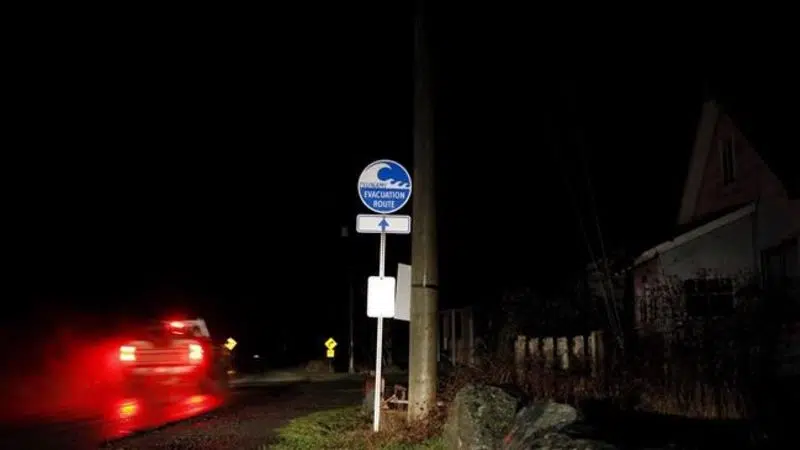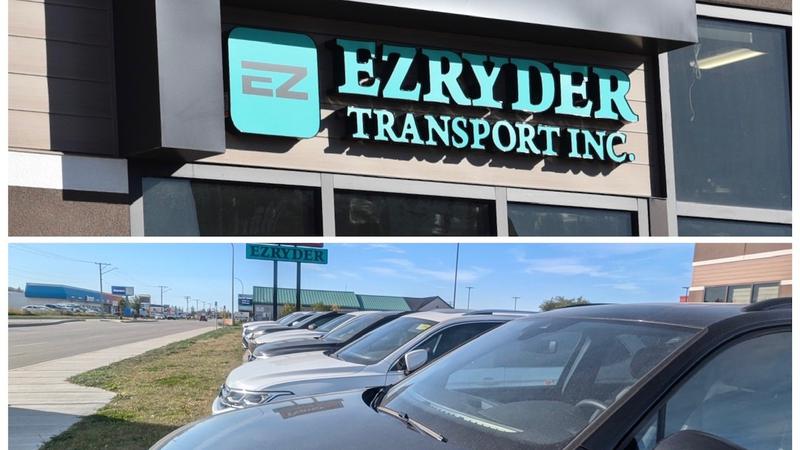
Real-life tsunami threat in Port Alberni, B.C., prompts evacuation updates
VICTORIA — When tsunami-alert sirens rang out in the dead of night in Port Alberni 14 months ago, most people fled for higher ground but some didn’t recognize the emergency signal, says a new study.
A magnitude 7.9 earthquake off the coast of Alaska Jan. 23, 2018, at 1:31 a.m. prompted a tsunami alert along much of Canada’s West Coast, including Port Alberni on Vancouver Island. Port Alberni, population of about 17,500, was hit by Canada’s largest tsunami in March 1964 after a 9.2 earthquake off the Alaska coast.
The January 2018 tsunami alert was lifted at 4:30 a.m. but not before thousands of people left their homes in various states of fear and confusion, say researchers from the University of British Columbia’s school of community and regional planning in a report released Thursday.


